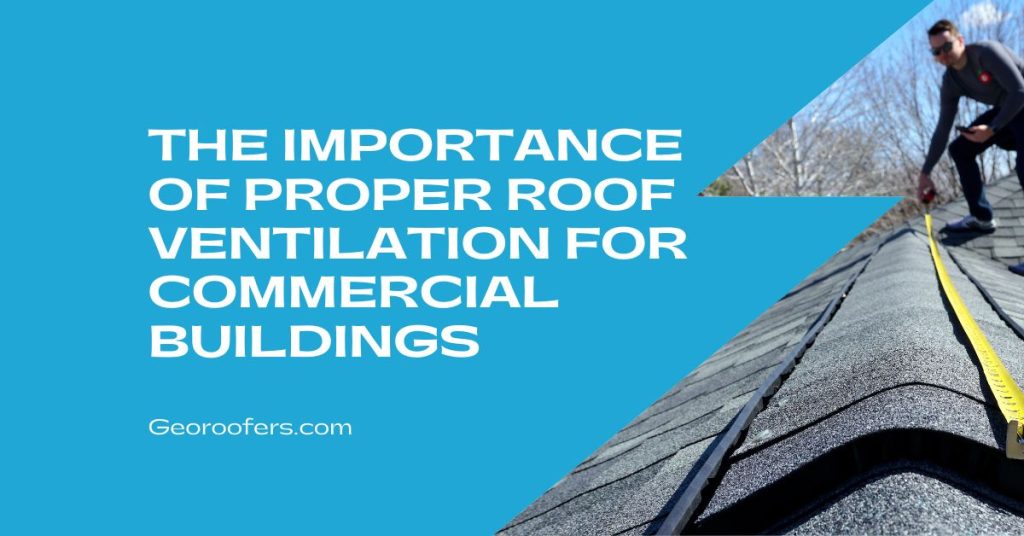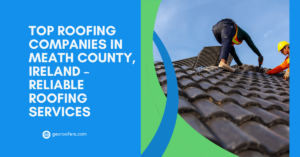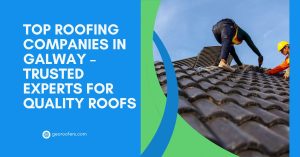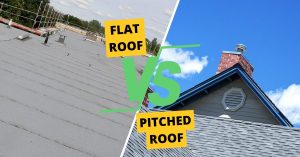In the realm of commercial properties, the roof stands as a silent guardian, protecting the business from the elements. However, the true defender of longevity and structural integrity lies within the proper ventilation system. In this article, we delve into the crucial role that roof ventilation plays in maintaining the health and longevity of commercial buildings.
Without adequate ventilation, the consequences can be dire. From premature aging of roofing materials to uncomfortable indoor environments, poor ventilation can wreak havoc on a commercial property. This article aims to shed light on the importance of proper roof ventilation and why it’s essential for any commercial building owner or manager to prioritize.
Understanding the Roof and Its Significance
The roof serves as the first line of defense against various elements, including rain, snow, wind, and sunlight. In a commercial setting, the roof not only protects the building but also safeguards valuable assets, inventory, and the well-being of occupants. Properly installed and maintained roofs can significantly extend the lifespan of a commercial property while providing a safe and secure environment for business operations.
Exploring Roof Ventilation Systems
Roof ventilation is the process of allowing air to flow freely through the attic and roof space, regulating temperature and moisture levels. This circulation of air is crucial for maintaining the structural integrity of the roof and preventing issues such as moisture buildup, condensation, and excessive heat. A typical ventilation system consists of intake and exhaust vents strategically placed to facilitate airflow.
Consequences of Poor Roof Ventilation
Poor ventilation can lead to a myriad of problems, including premature aging of roofing materials, increased energy consumption, and discomfort for building occupants. Without proper airflow, hot air becomes trapped in the attic, causing temperatures to soar and potentially damaging roofing materials. Additionally, moisture buildup can lead to mold growth, rot, and structural damage over time.
Types of Roof Ventilation

There are various types of roof vents available, including ridge vents, static vents, turbine vents, and powered vents. Each type functions differently to facilitate airflow and regulate temperature and moisture levels within the attic and roof space. The choice of ventilation depends on factors such as the size and design of the building, climate conditions, and budget considerations.
Maintaining Proper Attic Ventilation
Attic ventilation plays a crucial role in maintaining the health of the roof and preventing issues such as ice damming, condensation, and moisture buildup. Proper attic ventilation allows hot air to escape during the summer months, reducing the risk of heat-related damage to roofing materials. Additionally, it helps prevent the formation of ice dams during the winter by keeping the attic temperature consistent.
Importance of Commercial Roof Ventilation Systems
In commercial buildings, proper ventilation is especially important due to the larger roof surface area and higher occupancy levels. Commercial roof ventilation systems are designed to handle the unique challenges of these structures, including increased heat loads, humidity levels, and airflow requirements. Investing in a commercial roof ventilation system ensures the long-term health and durability of the roof while providing a comfortable indoor environment for occupants.
Preventing Damage with Proper Ventilation
Proper ventilation helps prevent damage to roofing materials by regulating temperature and moisture levels, reducing the risk of mold, rot, and structural deterioration. Additionally, adequate ventilation can prevent ice damming and condensation, which can cause water damage and compromise the integrity of the roof. By reducing heat buildup in the attic, ventilation also contributes to lower energy consumption and extended roof lifespan.
The Lifespan of Your Roof: A Direct Result of Proper Ventilation

The lifespan of a commercial roof is directly influenced by the quality of its ventilation system. Proper ventilation ensures that roofing materials remain in optimal condition, resisting premature aging and damage caused by excessive heat, moisture, and condensation. Regular roof inspections and maintenance, including checking ventilation systems, are essential for maximizing the lifespan of your roof and avoiding costly repairs or replacements.
Ensuring Comfort and Safety
Proper ventilation contributes to a comfortable indoor environment by regulating temperature and humidity levels, reducing the need for excessive heating and cooling. It also helps prevent safety hazards such as mold growth, rot, and structural damage, ensuring the well-being of building occupants. By maintaining a well-ventilated roof, commercial property owners can provide a safe, healthy, and productive workspace for employees and customers alike.
Investing in the Future: The Importance of Commercial Roof Ventilation
Investing in proper ventilation is not only a prudent decision but also a long-term investment in the future of your commercial property. By ensuring that your roof system is properly ventilated, you can extend its lifespan, reduce maintenance costs, and increase energy efficiency. Additionally, proper ventilation enhances the overall value of your building, making it more attractive to tenants, buyers, and investors in the competitive commercial real estate market.
Conclusion
In conclusion, proper roof ventilation is essential for maintaining the health, longevity, and structural integrity of commercial buildings. By investing in a well-designed and properly installed ventilation system, property owners can prevent costly damage, reduce energy consumption, and create a comfortable and safe indoor environment for occupants. Remember, a well-ventilated roof is not only a sound investment but also a vital component of a successful commercial property management strategy.
Key Takeaways:
- Proper roof ventilation is crucial for maintaining the health and longevity of commercial buildings.
- Poor ventilation can lead to a range of issues, including premature aging of roofing materials and increased energy consumption.
- Investing in a commercial roof ventilation system ensures the long-term durability and value of your property.
- Regular maintenance and inspections are essential for maximizing the lifespan of your roof and preventing costly repairs.






